Malle Babbe
by Anonymous
Artist: Style of Frans Hals (Dutch, second quarter 17th century)
[br]
In 1872 Henry James described the painting as "dashed upon the canvas by a brush superbly confident." Hals's authorship has been discounted since the 1880s but the picture must be by a close follower, and is based upon Hals's Malle Babbe of the early 1630s (Gemäldegalerie, Staatliche Museen, Berlin) or ...
- Credit:
- Courtesy of the Metropolitan Museum of Art
More from this artist...
Loading...
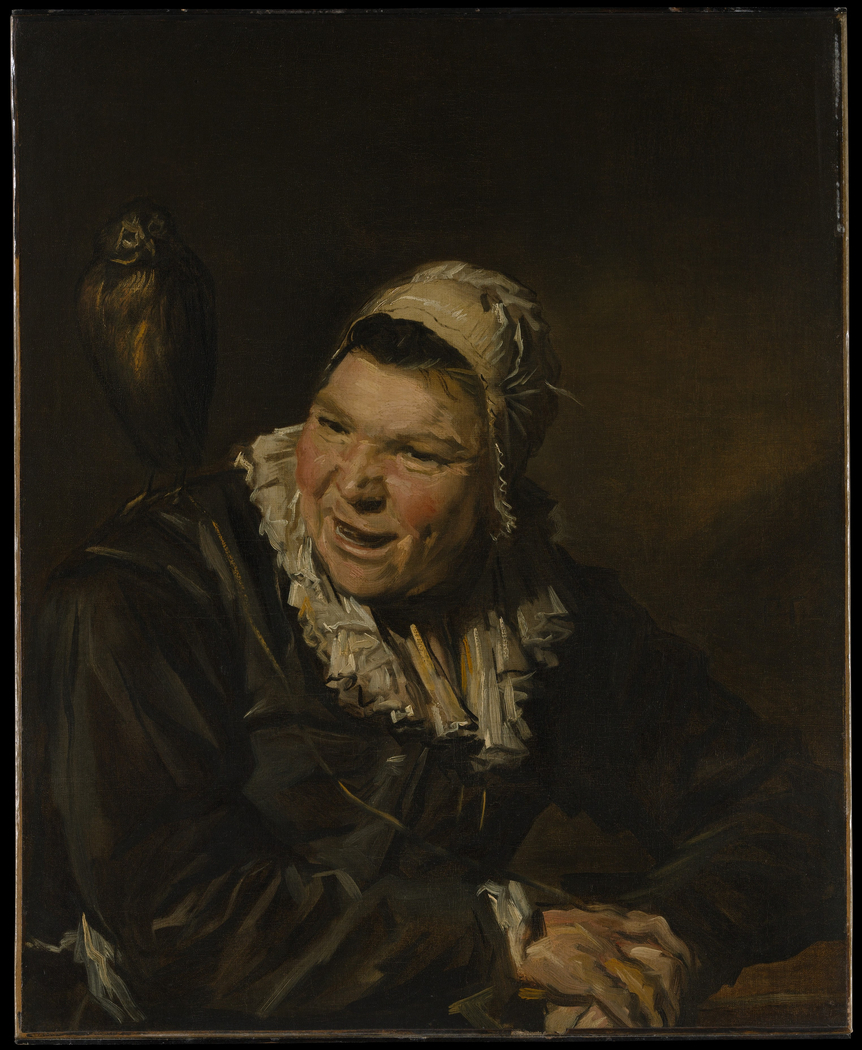
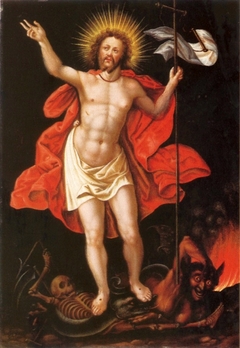
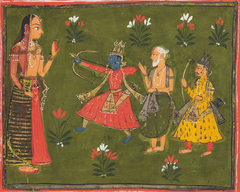

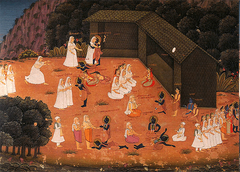
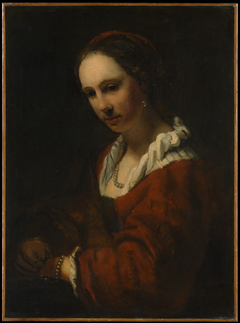
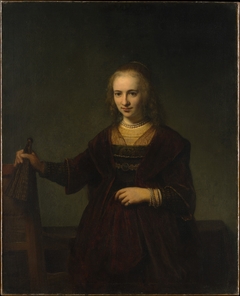

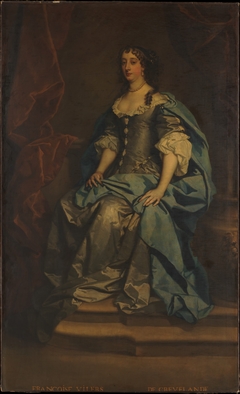
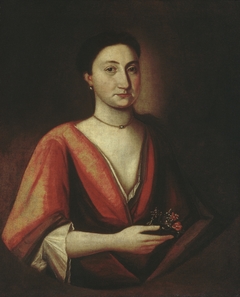
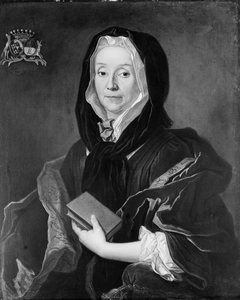
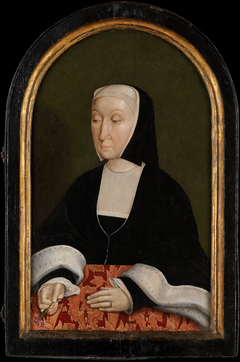
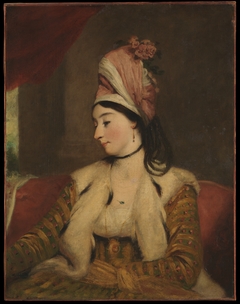
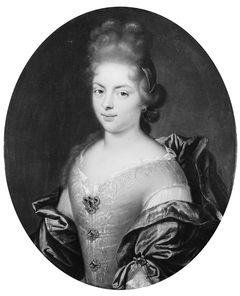

Discussion